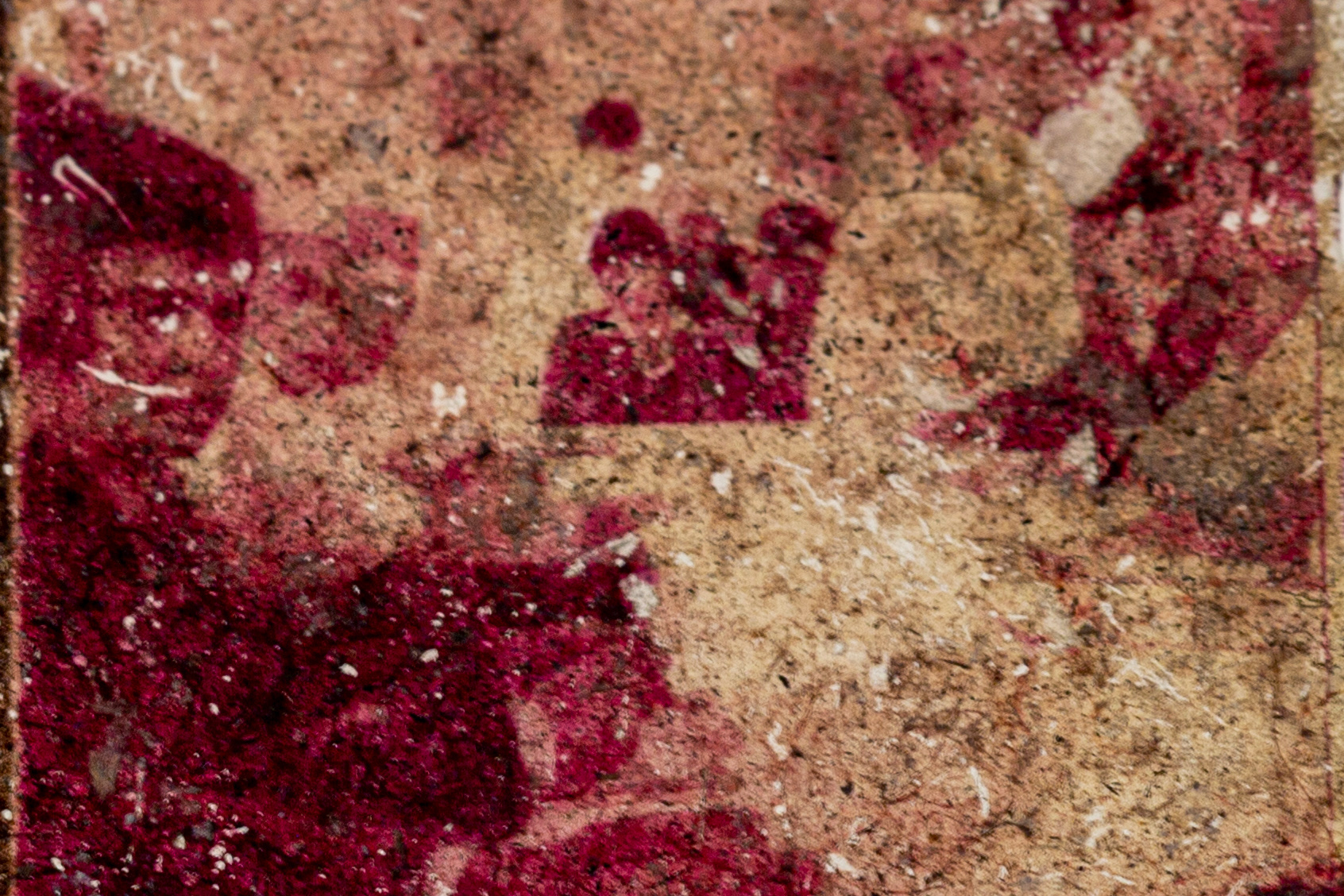Print on self-made paper
Movie strips are found materials from Ukraine, 2023
Movie strips are found materials from Ukraine, 2023
“The Years of Decay” explores the stories’ ambiguity and the narration’s uncertainty. In the chapter “Stories”, John Berger says that ambiguity is ineluctable, then he moves to the comparison that photographs and films are different because the first one looks backwards and the second drives forward, stirring expectation. Thus in this situation, the question arises of how to deal with found unpreserved film stripes through photography because, following the logic of Berger’s statement, it is both directions simultaneously. Photo documentation of survivors found in the bombed building in Odesa, Ukraine. These films were abandoned all long ago. They were dug deeply into the soil and popped up only because of the final destruction of the previous cultural establishment and, before the USSR, someone’s holiday villa. The ambiguity of the storytelling lies in that journey because there is no way to know why these movies were left behind, maybe not all of them were discovered. What are the artistic choices to build the narration of an archive? All of that starts as a reflective approach of photograph questioning the already passed moment frozen in time. Still, anticipation instantly bubbles up as a burning desire to investigate to piece it together. So-called “flashback”, which drives the urge further, applies to films for Berger. Is it so? Stills of films are capable of unifying his definition of flashbacks and memories. Memories are abrupt cuts of time which are able to continue living on their own, colliding and brading between each other. Creating this photobook is the creation of a sequence where flashbacks and segments of movies are knitted in self-existing imprints of different periods. The film strips themselves without the content are remaining relics of multiple choices done throughout their existence. However, the disappearance of the story inside the movie begets freedom of interpretation not only for the collector but mainly for the viewer. Though, there are no clear guidelines for building narration between the first and the last pages. It leaves space for mystery. And this mystery allows to enter a sacred, almost cult-like agreement between the parties involved. As Berger argues, these are the listener, the teller and the centre of the story, so the single self doesn’t exist because all who encounter the subject join hands in a chain of the story’s life. It is a meaningful way to look at the situation until it comes to complete oblivion, where is probably true independence and liberation for this material, casting aside all these participants. But for now, “The Years of Decay” is a knitted blanket of time as memory itself. “[Photographs] become the [tactile] language of a lived life.”







